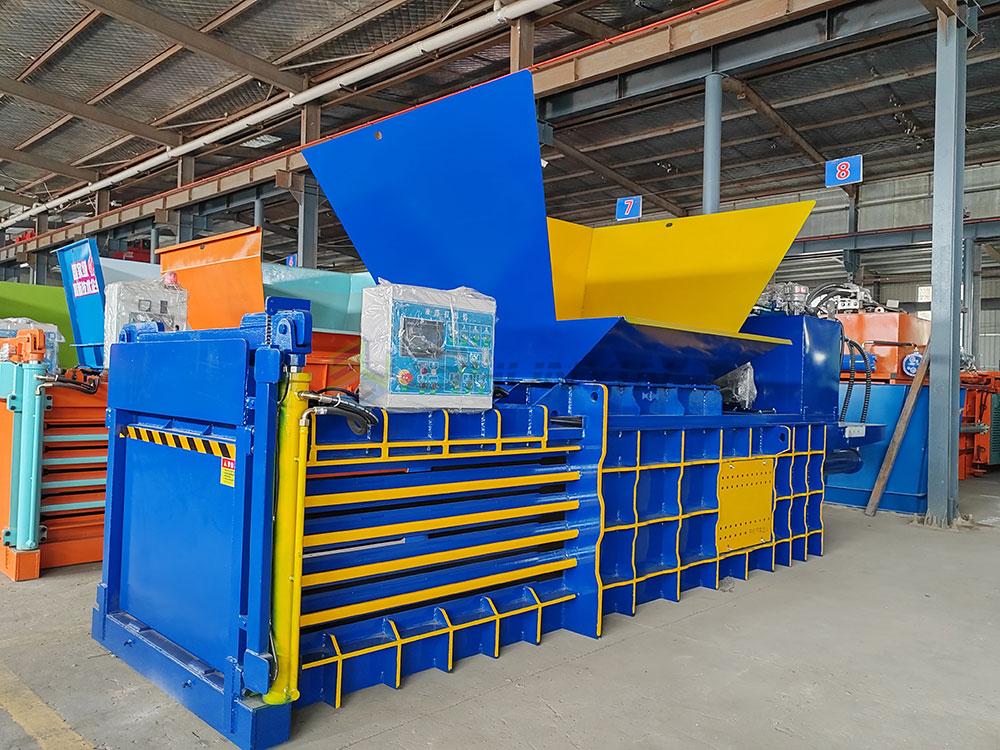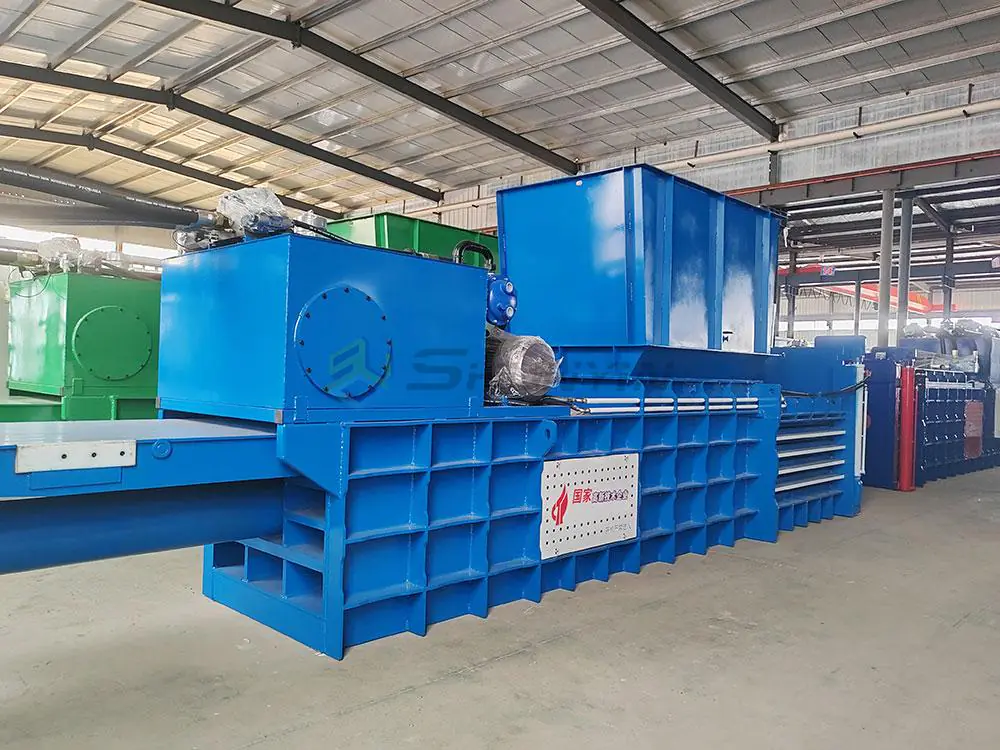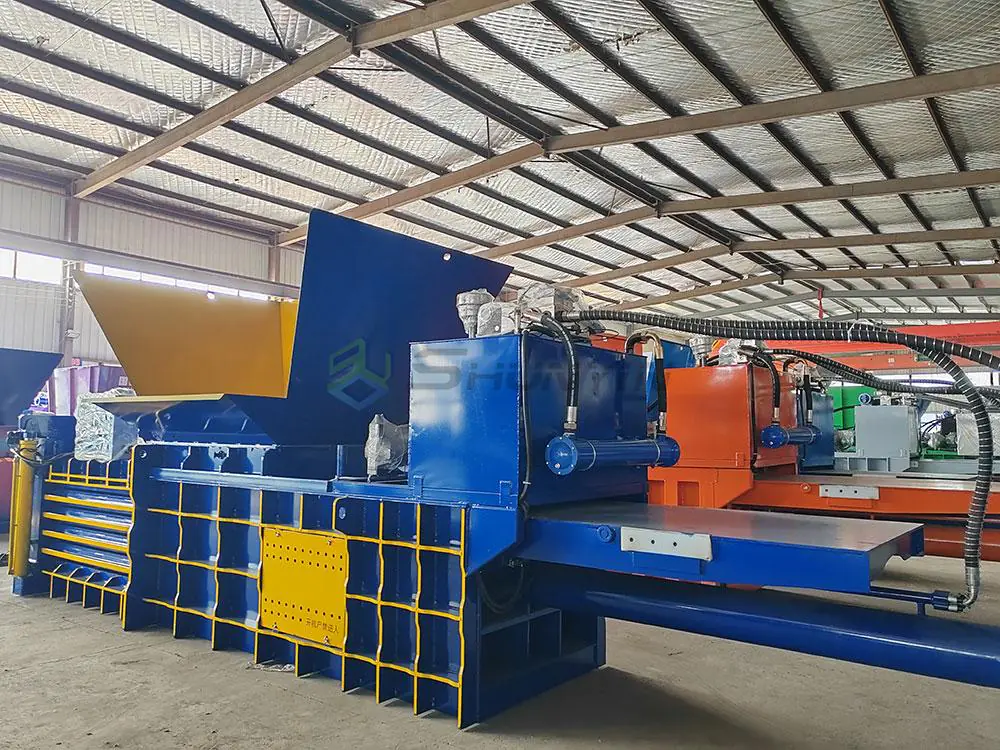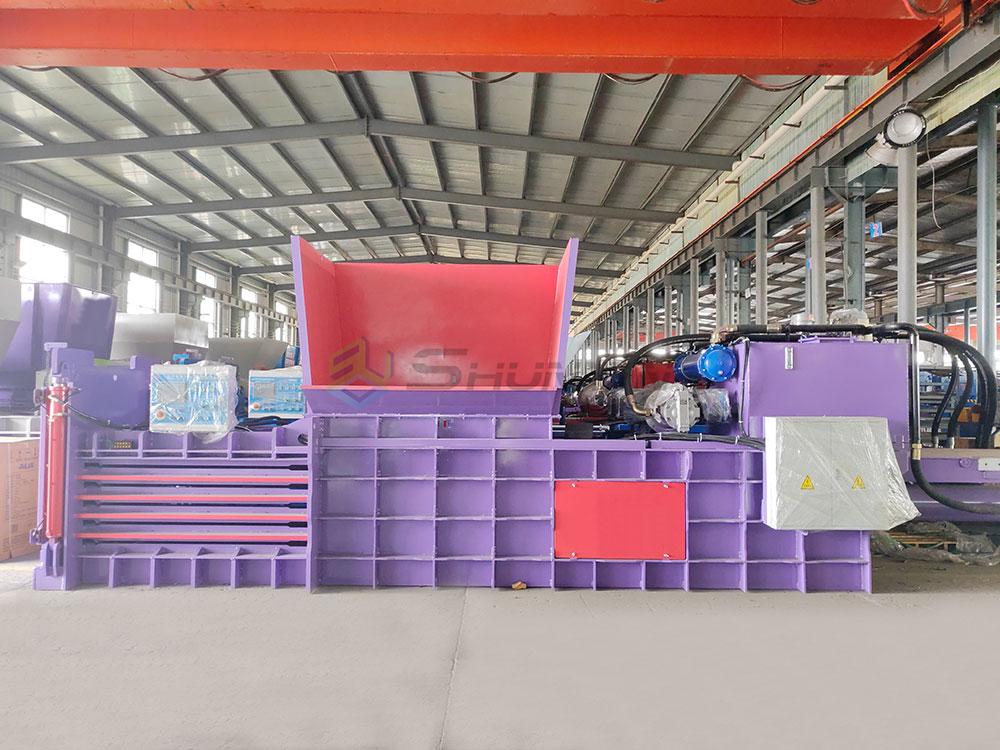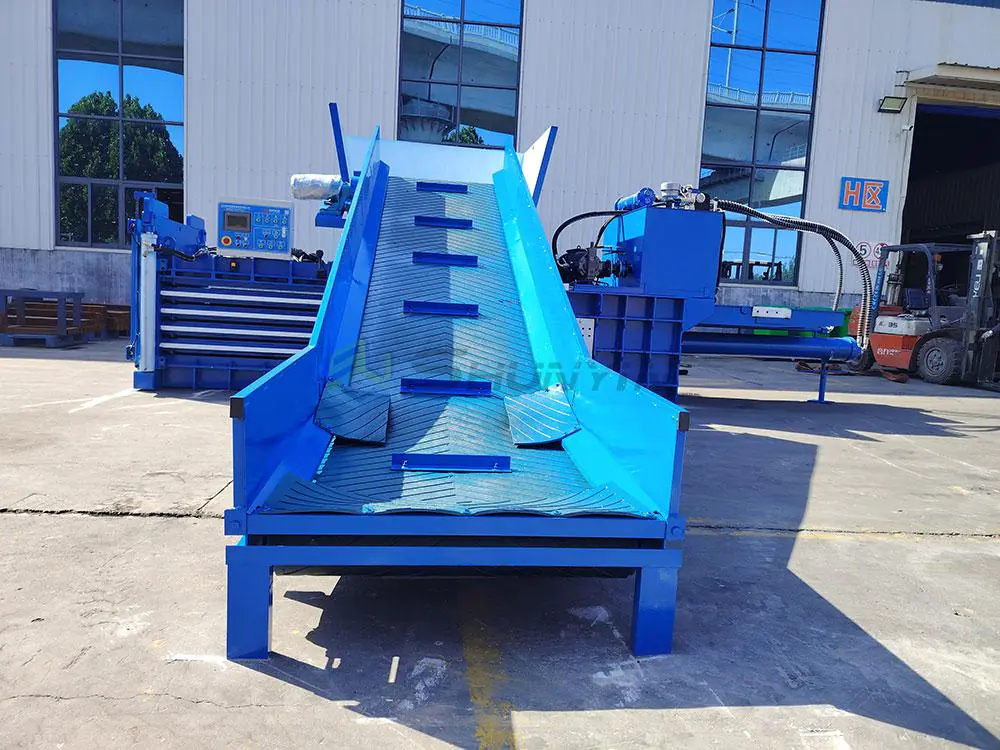
Last monsoon season, three Jakarta recycling plants flooded – only facilities using our SY-AutoStop systems avoided $2M+ in melted equipment damage by instantly cutting power. Human reactions were too slow.
Plastic recycling facilities without auto-stop balers experience 9x more downtime from contamination incidents, according to 2023 OSHA data. Molten plastic flows 17% faster than human reflexes – our sensor-driven systems terminate operations within 0.3 seconds of abnormality detection.
Let’s examine this industrial safety crisis through blood-pumpingly real cases.
What Is a Major Problem in Plastic Recycling?
Mumbai workers once carved 8cm blades from a PET-laced ram – the melted wreck cost $76k. Contamination remains recycling’s silent killer when systems don’t self-protect.

Plastic types mixing during processing creates reaction loops that damage equipment:
- PVC + PET = hydrochloric acid gas
- Nylon + PP = crystalline spikes
- HDPE + PS = adhesive goo
The Chemistry of Disaster
Reactive Combinations
| Plastic Mix | Reaction Speed | Temperature Spike |
|---|---|---|
| PET + PVC | 14 seconds | +218°C |
| ABS + LDPE | 52 seconds | +167°C |
| PP + Nylon66 | 3.8 minutes | +94°C |
Auto-Stop Protocol Comparisons
| Safety Feature | Manual Response | Auto-Stop System | Damage Reduced |
|---|---|---|---|
| Metal Detection | 3-7 second delay | Instant shutdown | 89% |
| Thermal Runaway | Human oversight | 0.4s cut-off | 97% |
| Hydraulic Overpressure | Auditory alerts | 0.2s pressure dump | 82% |
Kyoto’s SY-880 auto-balers processed 41 contaminated loads last year without incident – their worst case activated emergency resin neutralizers mid-cycle.
What Will Happen If We Don’t Stop Plastic Waste?
Manila Bay now has 17 "plasticbergs" visible from space – but facility fires pose more immediate threats. Six global recycling fires this month alone traced to non-auto-stop systems.
Uncontrolled plastic flow creates three critical risks:
- Environmental: 37% of ocean plastic spills occur during baling/storage
- Financial: Insurance premiums 61% higher for manual baler users
- Human: 22% of recycling injuries involve molten plastic exposure

Projected Impact Timeline
| Year | Manual Baler Impact | Auto-Stop Mitigation |
|---|---|---|
| 2025 | $4B in equipment damage claims | Reduce by 78% |
| 2030 | 22M tons plastic ocean leakage | Limit to 5M tons |
| 2040 | 320k workplace injuries/year | Maintain below 50k |
Ho Chi Minh City’s dual auto-stop/waterless suppression systems saved 7,000m³ of warehouse space last typhoon season – manual plants drowned in soggy plastic pulp.
What Is a Possible Reason Why Plastic Is Not Recycled as Much as Other Materials?
Mexico City pays $138/ton to landfill mixed plastics they could sell at $210/ton – sorting dangers make manual handling unprofitable and unsafe.
Three core barriers:
- 47 material subtypes requiring different handling
- Cross-contamination risks (+18% on manual lines)
- Flammability during processing

Auto-Stop Economics
Recycling Profit Comparisons
| Material | Manual Margin | Auto-Stop Margin | Difference |
|---|---|---|---|
| PET Bottles | $12/ton | $39/ton | +225% |
| HDPE Containers | $18/ton | $47/ton | +161% |
| PVC Pipes | ($6)/ton | $21/ton | N/A |
Safety ROI Breakdown
| Investment | Cost | Disaster Avoidance |
|---|---|---|
| SY-AutoStop System | $82k | 3.5 fires/year |
| Insurance Premiums | -$14k/year | $260k claim risk |
| Production Losses | Prevent $8k/hr | 83% downtime cut |
Barcelona’s SY-950 system sorts 14 plastic types with 96% purity through integrated hyperspectral cameras – achieving what 14 manual workers couldn’t safely do.
What Percentage of Recycled Plastic Actually Gets Recycled?
EPA’s shocking 2023 report revealed 63% of "recycled" plastic gets incinerated – often due to contamination during baling. Auto-stop systems boost true recycling rates.
Plastic Journey Reality Check:
→ Collected Material: 100%
→ Properly Sorted: 58%
→ Adequately Cleaned: 42%
→ Reprocessed: 21%
→ Final Product: 9%

Auto-Stop vs Manual Throughput
Facility-Level Impacts
| Metric | Manual Systems | Auto-Stop Balers | +/- |
|---|---|---|---|
| True Recycling Rate | 6-19% | 31-47% | +337% |
| Downtime Hours | 112/month | 16/month | -86% |
| Waste Contamination | 22% incoming | 5% incoming | -77% |
Singapore’s SY-880 systems achieve 63% true recycling through real-time plastic identification (SWIR lasers) that auto-rejects unharmonized materials before compaction.
Conclusion
Auto-stops aren’t optional – they’re civilization’s plastic trapdoors. Email [email protected] for our "Contamination Prevention Toolkit". First 20 responses get free hazard analysis. Still gambling? Visit our Bangkok demo center – we’ll simulate a PET/PVC mix with/without safeguards.


